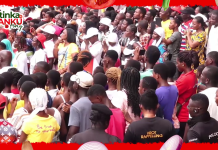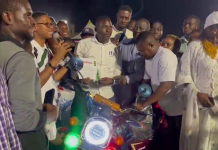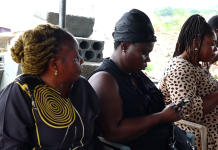At least 375 people are now known to have died after a powerful storm struck the Philippines on Thursday, police say.
Super Typhoon Rai – with winds of about 195km/h (120mph) – sent some 400,000 people running for safety when it hit the country’s south-eastern islands.
At least 500 people were injured and 56 others have been reported missing by local police.
Rescue teams have described scenes of “complete carnage”.
But establishing the scale of the losses is difficult, as communication to a number of areas has been cut off.
Read Also: Bawumia does not have advantage over other aspirants -Obiri Boahen
There are fears widespread landslides and flooding may have claimed more lives.
“Many areas have no power, no communications, very little water,” the chair of the Philippines Red Cross, Richard Gordon, told the BBC.
“There are some areas that look like it has been bombed worse than World War Two.”
The International Federation of Red Cross and Red Crescent Societies has launched an emergency appeal seeking 20 million Swiss francs (£16m; $22m) to fund long-term relief efforts.
“Red Cross emergency teams are reporting complete carnage in the coastal areas,” Mr Gordon said. “Homes, hospitals, school and community buildings have been ripped to shreds.”
Volunteers are on the scene giving out urgent help “for people who have lost everything”, he said.
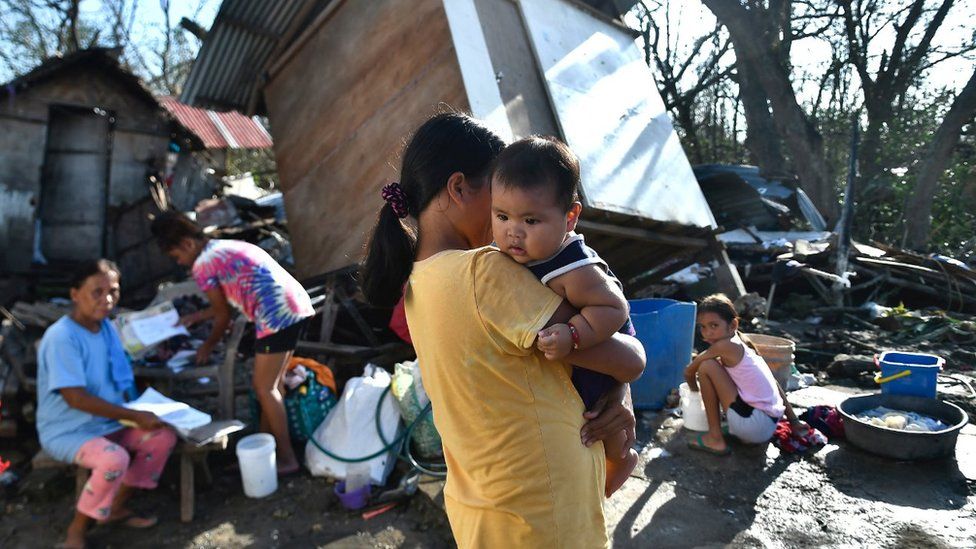
Thousands of military, coast guard and fire personnel have been deployed in the country’s worst-affected areas to assist with search and rescue efforts.
Military aircraft and naval vessels are bringing aid to the worst-hit areas.
Meanwhile, Philippine President Rodrigo Duterte has conducted an aerial inspection of the areas ravaged by the storm.
Videos posted on social media by his aides show extensive damage to Siargao, Dinagat and Mindanao islands.
The governor of the Dinagat islands, Arlene Bag-ao, said on Facebook that the region had been “levelled to the ground” by the typhoon.
“The fields and boats of our farmers and fisherfolk have been decimated,” she said in the message quoted by news site Rappler. “[W]e have lost our homes. Walls and roofs were torn and blown off…. We have a dwindling supply of food and water.”
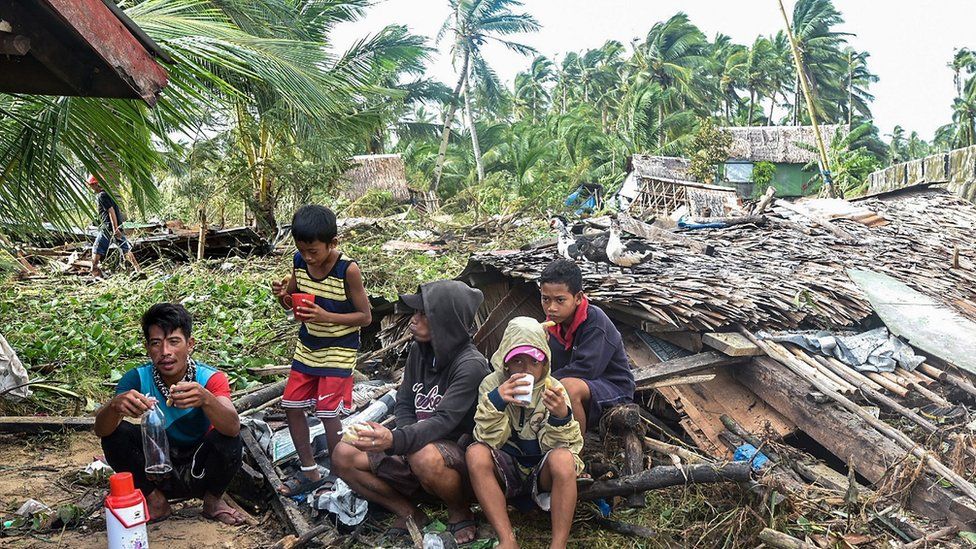
She said the damage “is reminiscent of, if not worse than, when Yolanda hit our province”.
More than 6,000 people died when that storm – also known as Typhoon Haiyan – hit the country in 2013. It remains the country’s deadliest storm on record.
On average about 20 storms and typhoons strike the Philippines each year.
Super Typhoon Rai is the most powerful to hit the Philippines in 2021, and comes late in the region’s typhoon season – with most cyclones developing between July and October.
Scientists have long warned that rising global temperatures, induced by man-made climate change, are causing typhoons to become more powerful and strengthen more rapidly.
Source: BBC




